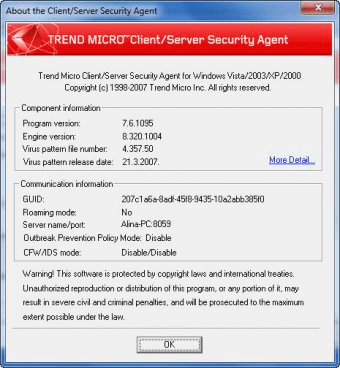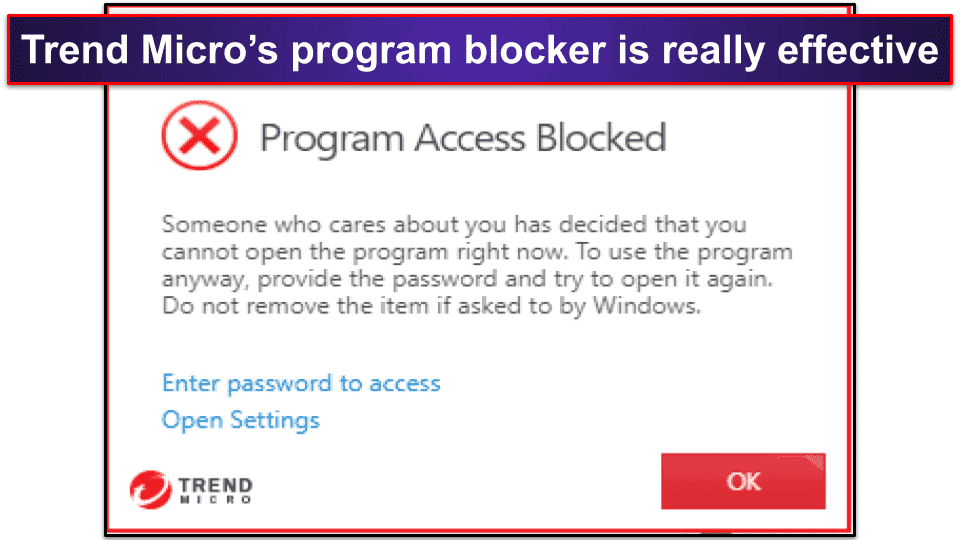
- #ALL CLIENTS REMOVED FROM TREND MICRO SECURITY SERVER PATCH#
- #ALL CLIENTS REMOVED FROM TREND MICRO SECURITY SERVER DOWNLOAD#
The attacker exploited the Exchange servers to deliver internal mails. Additionally, no malware was executed on the Exchange servers that will trigger any alerts before the malicious email is spread across the environment. The attacker also did not drop or use tools for lateral movement after gaining access to the vulnerable Exchange servers, so that no suspicious network activities will be detected. Figures 1 to 3 highlights evidence from IIS logs and show the exploit code.ĭelivering the malicious spam using this technique to reach all the internal domain users will decrease the possibility of detecting or stopping the attack, as the mail getaways will not be able to filter or quarantine any of these internal emails.
#ALL CLIENTS REMOVED FROM TREND MICRO SECURITY SERVER DOWNLOAD#
They can even search for and download a target's emails. This exploit gives a threat actor the ability to get users SID and emails.

The request bypasses authentication using specially crafted cookies and allows an unauthenticated threat actor to execute EWS requests encoded in the XML payload then ultimately perform operations on victims' mailboxes.įrom our analysis of the IIS log, we saw that the threat actor uses a publicly available exploit in its attack. The web request contains an XML payload directed at the Exchange Web Services (EWS) API endpoint. This server-side request forgery (SSRF) vulnerability can allow a threat actor access by sending a specially crafted web request to an Exchange Server.
#ALL CLIENTS REMOVED FROM TREND MICRO SECURITY SERVER PATCH#
Microsoft released a patch for ProxyLogon in March those who have applied the May or July updates are protected from ProxyShell vulnerabilities.ĬVE-2021-26855: the pre-authentication proxy vulnerability We observed evidence of the exploits on the vulnerabilities CVE-2021-26855, CVE-2021-34473, and CVE-2021-34523 in the IIS Logs on three of the Exchange servers that were compromised in different intrusions. In this blog entry, we shed more light into these observed initial access techniques and the early phases of Squirrelwaffle campaigns. This comes from the fact that all of the intrusions we observed originated from on-premise Microsoft Exchange Servers that appeared to be vulnerable to ProxyLogon and ProxyShell. We wanted to see if the attacks involved the said exploits. This led to a deeper investigation into the initial access of these attacks. The Trend Micro Incident Response team looked into several intrusions related to Squirrelwaffle, that happened in the Middle East.

To be able to pull this off, we believe it involved the use of a chain of both ProxyLogon and ProxyShell exploits.

It is known for sending its malicious emails as replies to preexisting email chains, a tactic that lowers a victim's guard against malicious activities. In September, Squirrelwaffle emerged as a new loader that is spread through spam campaigns.


 0 kommentar(er)
0 kommentar(er)
